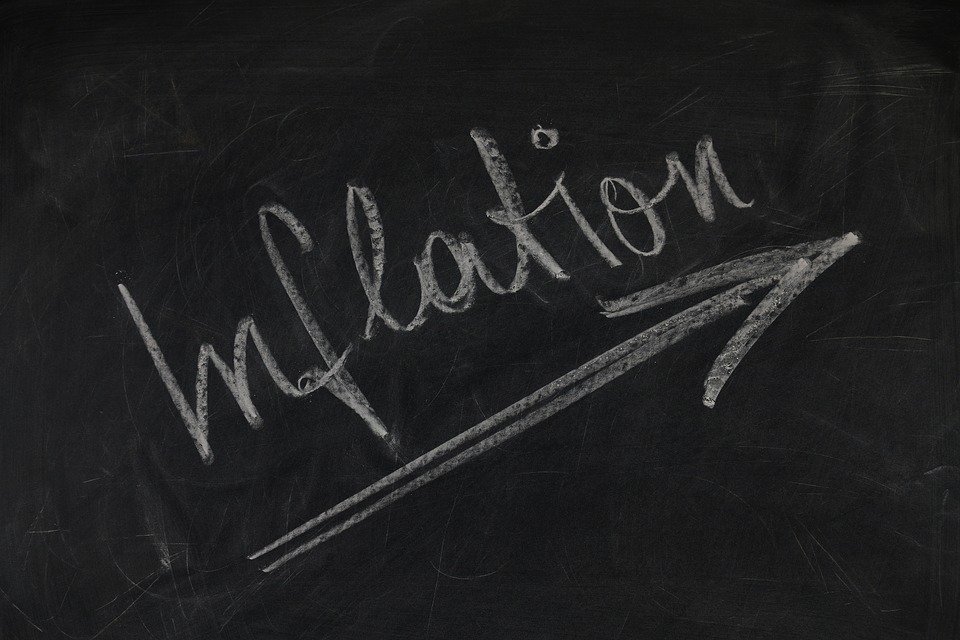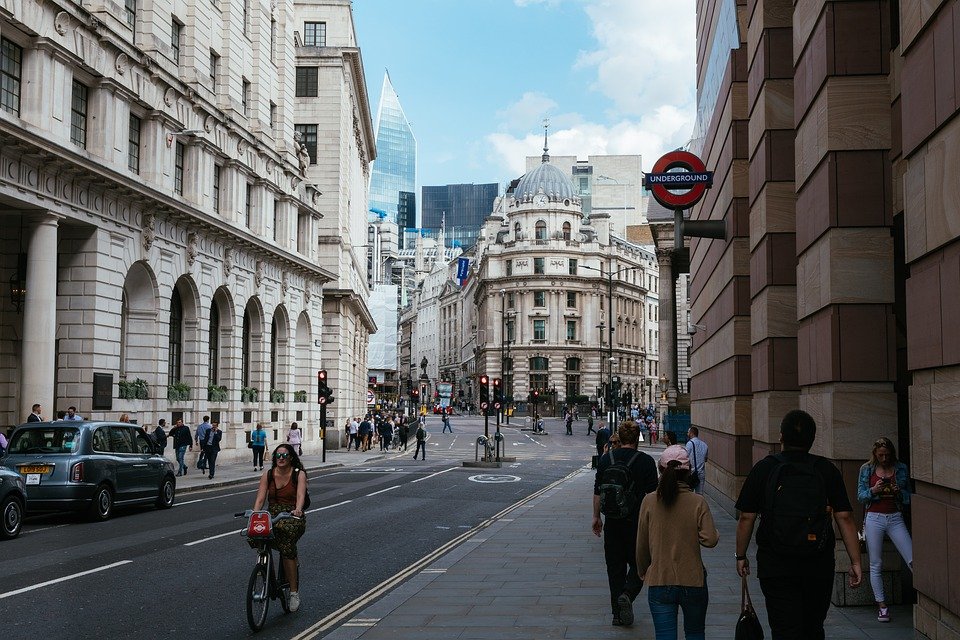UK business activity has grown at its fastest pace for more than two decades, according to early economic data for May.
The closely-followed IHS Markit/CIPS Flash UK Composite PMI report came in at 62 for the month, up from a reading of 60.7 in April.
Any reading above 50 represents growth in output.
The reading signals that the UK has seen its strongest growth since the index began in 1998, on the back of “strong” growth in both the manufacturing and services sectors.
Relaxed pandemic restrictions and pent-up demand from consumers also helped to spark a rise in employment, with the figures highlighting the fastest rise in private sector employment for more than six years.
The services sector – which includes hospitality firms which have benefited from eased restrictions this month – saw a reading of 61.8 for the months, marginally below analyst predictions.
Meanwhile, the manufacturing reading surged to 66.1, the highest figure since the survey began.
Chris Williamson, chief business economist at IHS Markit, said: “The UK is enjoying an unprecedented growth spurt as the economy reopens.
To find out more about how we can assist you with your Second Charge Mortgage please click here
“Factory orders are surging at a record pace as global demand for goods continues to revive, and the service sector is reporting near-record growth as the opening up of the economy allows more businesses to trade.
“Business confidence has meanwhile hit an all-time high as concerns about the impact of the pandemic continue to fade.”
However, the rebound also resulted in price inflation with costs pressures at “the strongest for nearly 13 years”.
Duncan Brock, group director at CIPS, said: “Manufacturers keen to secure raw materials for the coming months were forward buying with greater intensity and contributing to the ongoing poor performance of supply chains as delivery times increased to record-levels.
“This in turn compounded the number of shortages and impacted on the costs of goods and raw materials.”
Source: Irvine Times
Discover our Second Charge Mortgage Broker services.










